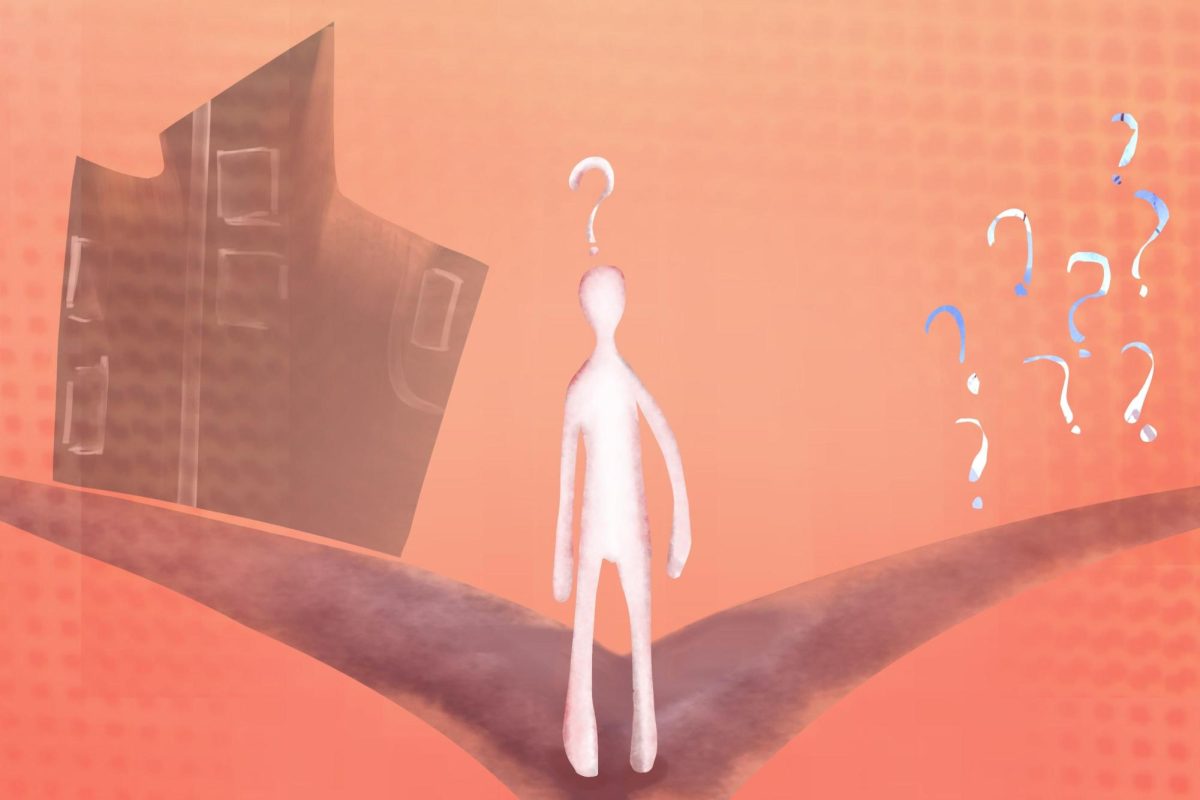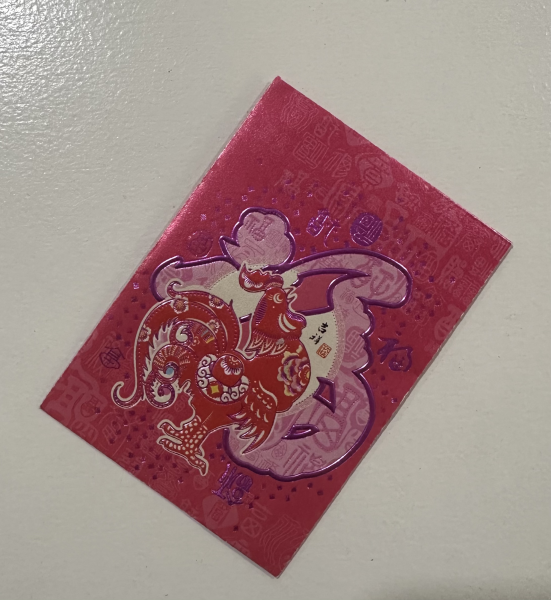Coping: Discover Your Strength
Recall the last time you were afraid, sad, anxious or overwhelmed.
With your chest constricted, heart racing, and shoulders tensed.
Racing.
Constricted.
Afraid.
Tensed.
Overwhelmed.
Hopeless.
What did you do to cope?
Coping mechanisms are ways the body deals with difficult situations/emotions to reduce the negative impact on mental and physical health. Frequently, situations that go out of control tend to cause people more distress and hopelessness. Along the same lines, people tend to cope better when they control their response to an unpleasant circumstance.
There are two different ways that people cope: emotion-focused coping and problem-focused coping.
Emotion-focused coping methods help deal with negative emotions that accompany a problem or change. Problem-focused coping works on trying to solve the problem, or adapt better to a change.
Some people lean towards one group, while others use both. The first step of coping begins with assessing and acknowledging how you feel. The next step is to recognize what is causing the most distress. Then, see how many aspects of the change/problem are within control and out of control. Finally, actively work on having:
–Social Support: Being surrounded by a supportive group of people can dramatically enhance your well-being.
–Humor: Several studies have shown that respectful humor can help bring a new perspective towards a problem or a change. This helps in having a better adjustment and a brightened mood!
–Finding Meaning: Think about what the situation is doing for you instead of to you. Reflect on what you can learn from it and how it can help you become a more capable and adaptable person– or, some of the benefits you can gain from the situation.
–Awareness of Emotions: Notice and be aware of difficult emotions instead of trying to numb them. Try not to label a feeling as negative but instead observe it– the thoughts regarding the emotion are the cause of distress. Passively feeling emotions without getting too caught up in them is what allows them to pass.
Try also to see what you can learn from the feeling and view any stress as a way your body is helping/preparing you to adapt. One way to do this would be to assign emotions with physical characteristics such as colors, shapes, textures, etc. Notice how they feel in your body and trust that they will leave.
–Optimism: Knowing that change occurs for the better and things will come out to be positive 🙂
–Mindfulness: The American Psychological Association (APA) defines mindfulness as a very popular meditation technique. “It has two main parts: attention and acceptance.”
Go outside for a walk and enjoy the environment around you, such as nature, houses, cars, etc. See how many of the fine details you can notice– this will surprise you! Alternatively, if you notice your mind is racing, observe your thoughts without getting caught up.
Your donation will support the student journalists of Dublin High School. Your contribution will allow us to purchase equipment and cover our annual website hosting costs.

Tvisha is a junior at Dublin High School. She aspires to be a clinical psychologist, and LOVES to learn about the humanities! Looking at the sky,...



































